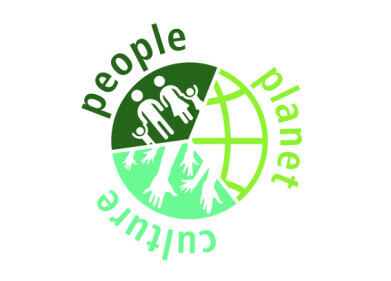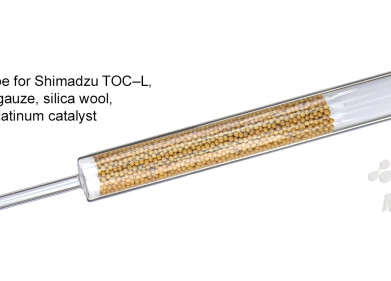Laboratory Products
Can COVID-19 Survive on Surfaces?
Apr 13 2020
While little is known about the novel SARS-CoV-2 virus, researchers from the NIH/National Institute of Allergy and Infectious Diseases have conformed the virus can remain stable on surfaces and in aerosols for hours, sometimes even days. The virus, which has infected more than 1.8 million people around the world and claimed over 100,000 lives, has similar surface stability to SARS-CoV-1, another contagious respiratory illness caused by a coronavirus.
To find out more about how SARS-CoV-2 is transferred, the team attempted to replicate how the virus is transferred from infected carriers onto everyday surfaces. They then investigated how long the virus could live on each surface. The findings were published in the New England Journal of Medicine and explain how severe acute respiratory syndrome coronavirus 2 (SARS-CoV-2), the virus that causes the deadly COVID-19 illness, can survive for up to three days on stainless steel and plastic and up to 24 hours on cardboard. The virus was able to live in aerosols for up to three hours and survive for up to four hours on copper.
SARS-CoV-2 virus alarmingly stable on surfaces
For the governments and public health care systems attempting to curb the spread of COVID-19, the results offer valuable information about the stability of the virus and how it's spread. The study confirms that as well as the transfer of microdroplets from sneezing and coughing, SARS-CoV-2 can also be contracted by touching contaminated objects.
Following the SARS-CoV-1 outbreak in China in 2002, authorities were able to eradicate the virus through rigorous case isolation strategies and contact tracing. No cases have appeared since 2004, suggesting that with the right approach and understanding of how the virus spreads it can be stopped.
Asymptomatic patients a major risk
While there are some similarities between the SARS outbreak of 2002 and SARS-CoV-2, there are also significant differences. Evidence suggests up to 18% of COVID-19 victims can be asymptomatic and actively spreading the virus without knowledge, unlike SARS-CoV-1 which presents with immediate symptoms. Furthermore, most secondary cases of SARS-CoV-1 occurred in healthcare settings, as opposed to SARS-CoV-2 which has high levels of community transmission.
"We found that the stability of SARS-CoV-2 was similar to that of SARS-CoV-1 under the experimental circumstances tested," reads the study. "This indicates that differences in the epidemiologic characteristics of these viruses probably arise from other factors, including high viral loads in the upper respiratory tract and the potential for persons infected with SARS-CoV-2 to shed and transmit the virus while asymptomatic."
To find out more about how scientists are working to flatten the COVID-19 curve, 'Ways to tackle the spread of coronavirus using viricidal surface decontamination' offers insight from Jacqueline Balian on behalf of Gambica Trade Association.
Digital Edition
Lab Asia 31.2 April 2024
April 2024
In This Edition Chromatography Articles - Approaches to troubleshooting an SPE method for the analysis of oligonucleotides (pt i) - High-precision liquid flow processes demand full fluidic c...
View all digital editions
Events
Apr 22 2024 Marrakech, Morroco
Making Pharmaceuticals Exhibition & Conference
Apr 23 2024 Coventry, UK
Apr 23 2024 Kintex, South Korea
Apr 23 2024 Seoul, South Korea
Apr 24 2024 Jakarta, Indonesia

.jpg)


.jpg)













